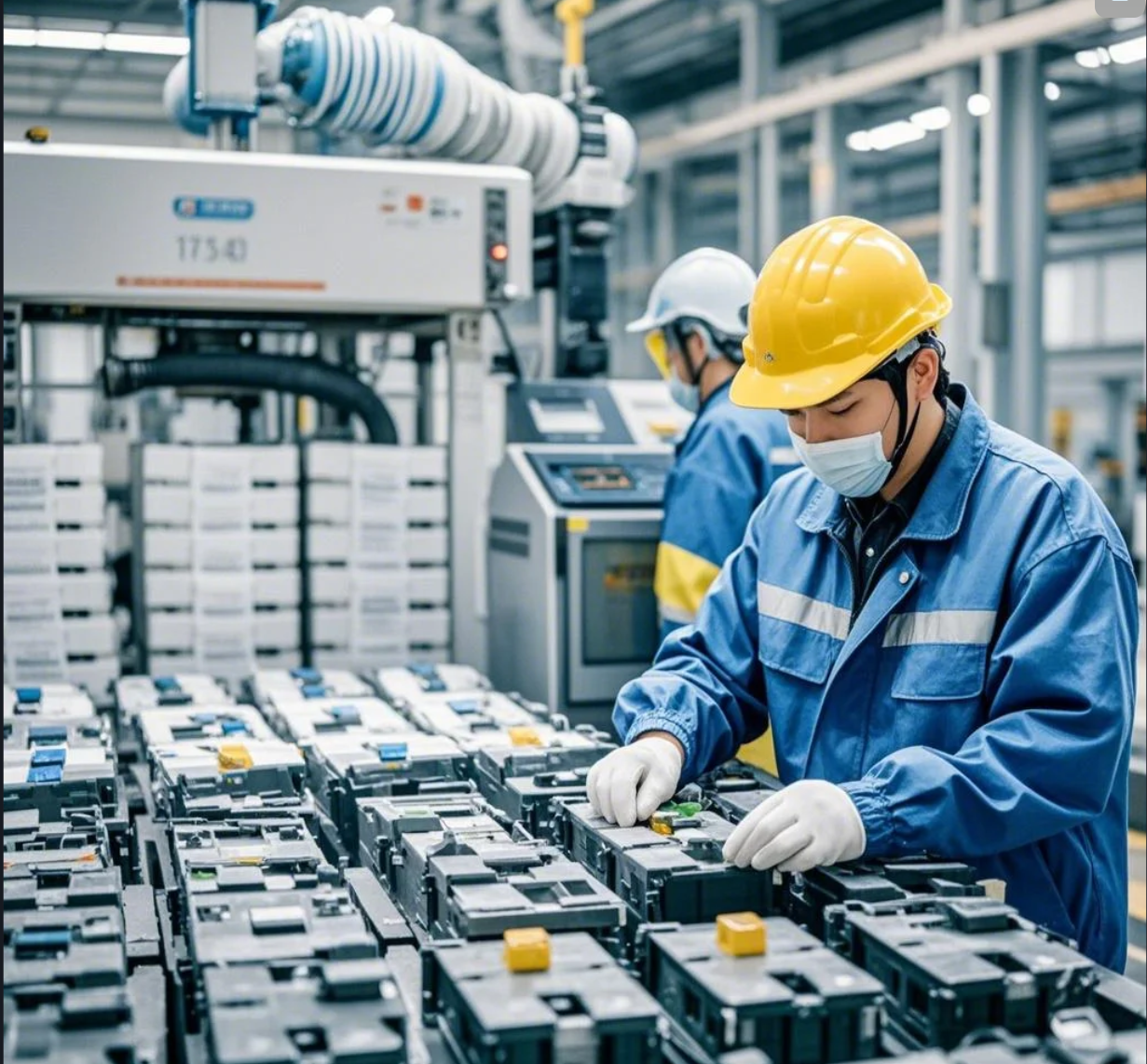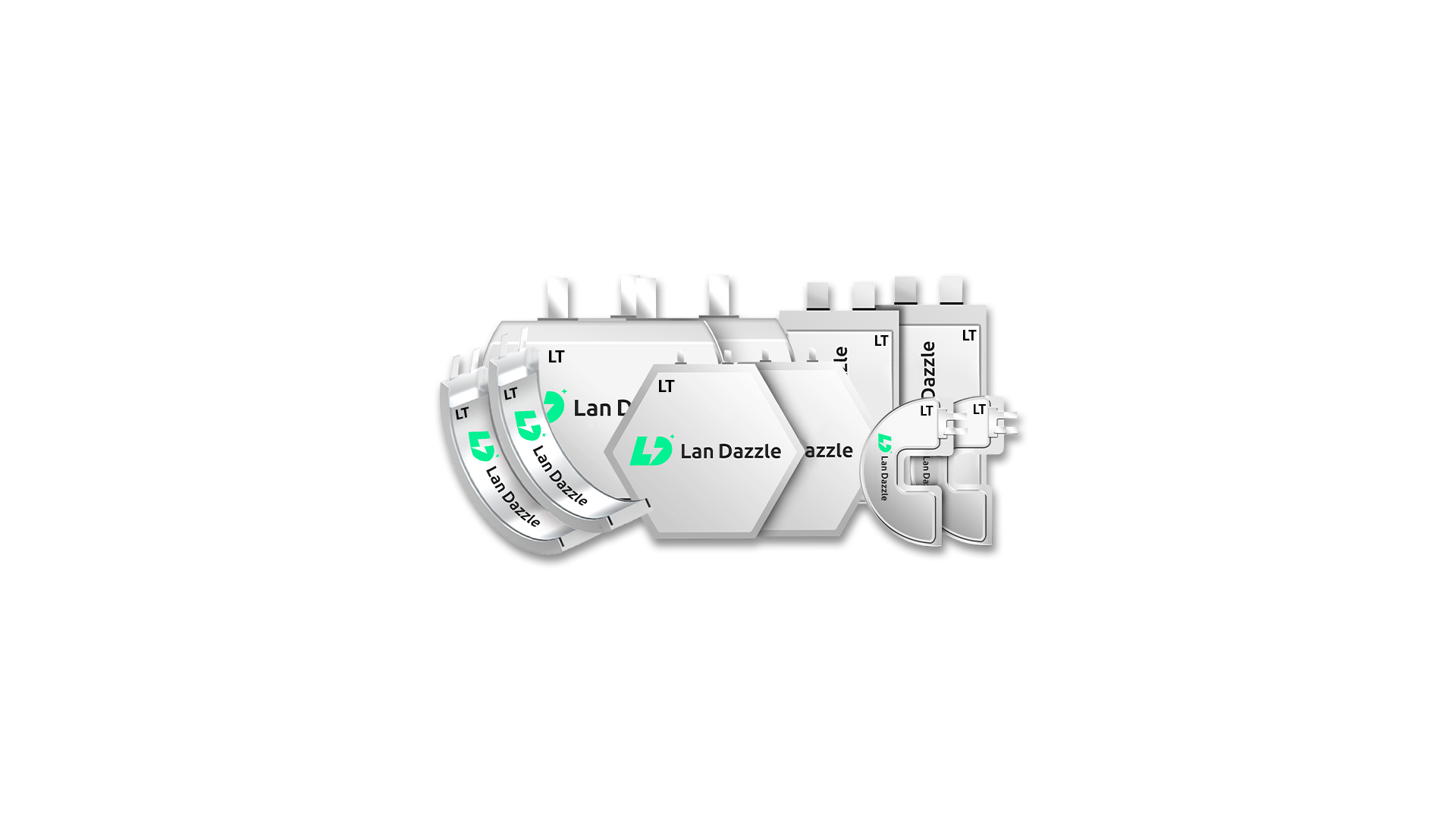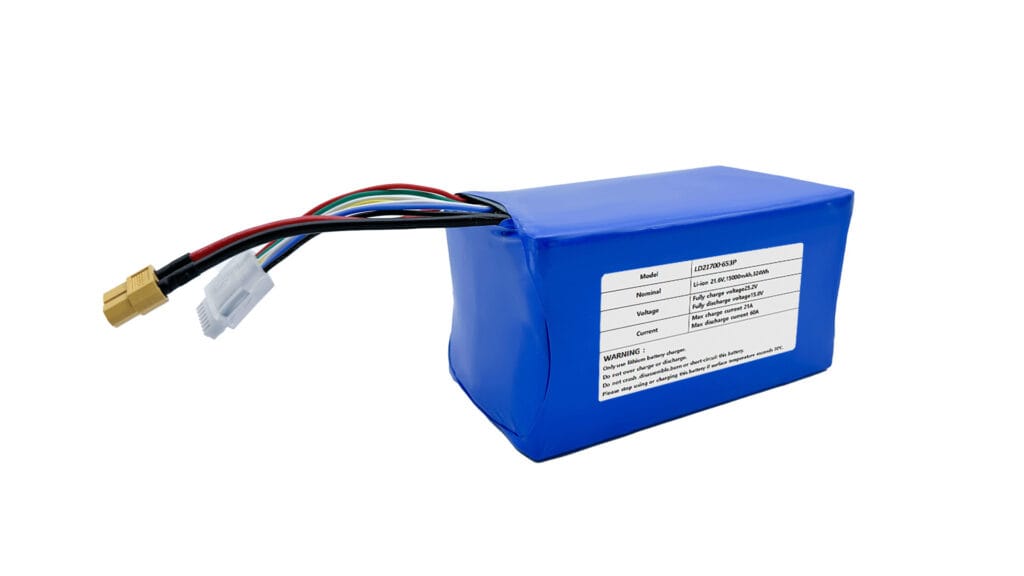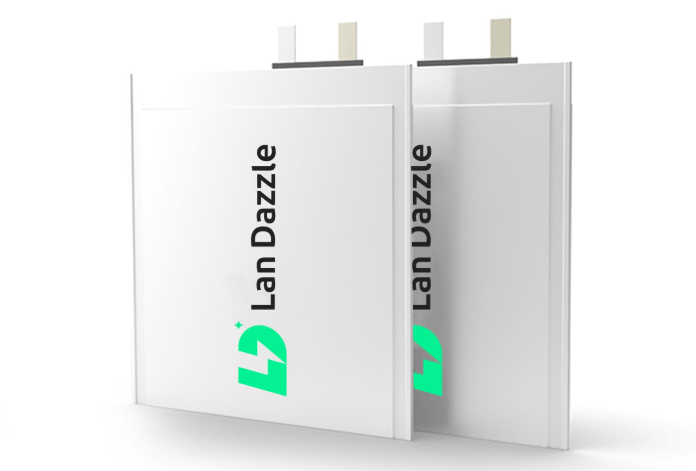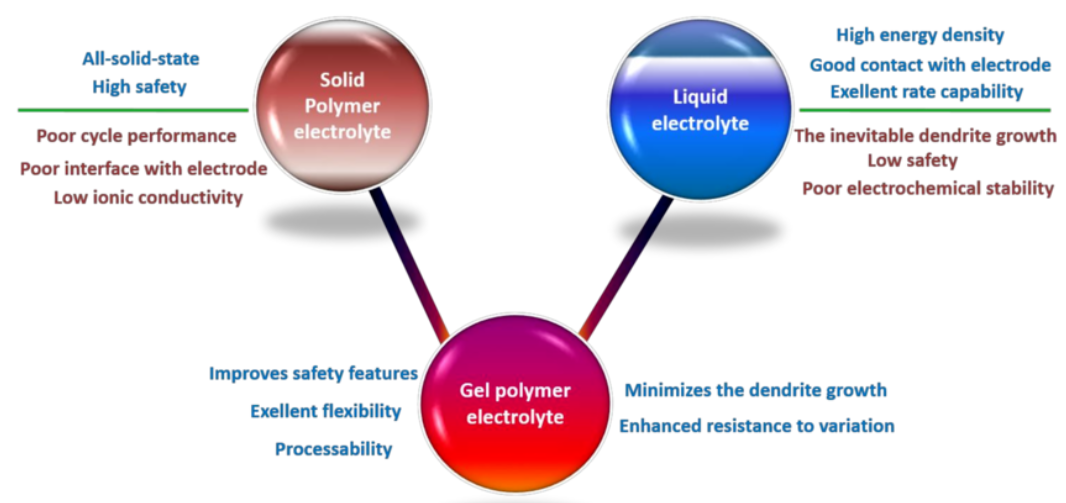In today’s rapidly evolving energy landscape, lithium-ion battery recycling is essential for addressing environmental concerns and resource scarcity. With the surge in electric vehicles and portable electronics, billions of spent batteries are produced each year. Recycling these batteries provides a pathway to recover recycled metals such as lithium, cobalt, nickel, and manganese—materials critical for manufacturing new batteries and other high-tech applications. This article explores the environmental impact, recovered materials and their value, recycling processes, challenges, and the reuse of recycled materials, with insights supported by authoritative sources.
Environmental Impact of Lithium-Ion Battery Recycling
The recycling of lithium-ion batteries significantly reduces environmental hazards by minimizing the improper disposal of hazardous waste and lowering carbon emissions. By recovering metals from spent batteries, the recycling process decreases the need for mining new raw materials, thereby reducing land degradation, water contamination, and energy consumption. This environmentally sustainable approach not only protects ecosystems but also contributes to circular economy practices.
According to the U.S. Department of Energy, effective battery recycling can lower greenhouse gas emissions and conserve natural resources, ensuring a healthier planet for future generations. Similarly, the U.S. Environmental Protection Agency (EPA) highlights how recycling programs reduce environmental pollution and the overall footprint of battery waste.
Recycled Materials and Their Value
Lithium-ion batteries are a treasure trove of high-value materials that are indispensable not only for making new batteries but also for other advanced technological applications. Recycling these batteries recovers several critical components:
- Lithium: This lightweight metal is fundamental for high energy density and long-lasting batteries. Recycled lithium can be directly used in manufacturing new battery cells, significantly lowering the environmental impact and costs compared to traditional mining methods.
- Cobalt: Known for its ability to boost energy density and provide cell stability, cobalt is in high demand for both consumer electronics and electric vehicles. As global demand increases, recycling offers a sustainable and economically competitive alternative to extractive mining.
- Nickel: An essential element for enhancing battery capacity and efficiency, nickel recovery plays a vital role in reducing production costs while mitigating supply chain risks associated with raw material imports.
- Manganese: This metal contributes to improved battery performance and safety, and its recovered form can stabilize battery operations in next-generation battery designs.
- Copper and Aluminum: Typically used in battery wiring, connectors, and casings, these metals are crucial for electrical conductivity and structural integrity. Their recovery through recycling reduces the need for energy-intensive refining of new materials.
- Plastics and Electrolytes: While metals are the primary focus, modern recycling processes are evolving to also reclaim plastics used in battery housings and, in some cases, recover electrolytes. Although these components might not have as high a market value as metals, their recovery contributes to a holistic, environmentally sustainable recycling approach.
The economic benefits of recovering these materials are considerable. As market prices for cobalt and nickel surge due to escalating global demand, utilizing recycled metals helps stabilize costs and reduce reliance on volatile international markets. Furthermore, incorporating reclaimed materials into production not only minimizes the environmental footprint of manufacturing but also supports the circular economy model, where waste is transformed back into valuable inputs.
The Recycling Process of Lithium-Ion Batteries
The recycling process for lithium-ion batteries is a sophisticated, multi-step procedure designed to maximize the recovery of valuable materials while ensuring safety and minimizing environmental impact. Each stage of the process is integral to transforming spent batteries into reusable resources:
-
Collection and Sorting:
- Collection: Batteries are collected from various sources including consumer electronics, electric vehicles, and industrial waste. Efficient collection networks and partnerships with manufacturers and retailers are essential.
- Sorting: Batteries are categorized by type, chemistry, and condition using advanced automated sorting systems that may incorporate artificial intelligence for improved precision. This step streamlines the subsequent processing stages and ensures that different battery chemistries are handled appropriately.
-
Discharge and Dismantling:
- Discharge: To mitigate risks such as fire or explosion, batteries undergo a controlled discharge process that safely depletes any remaining charge.
- Dismantling: Once discharged, batteries are carefully dismantled. This involves removing the outer casing and separating internal components. Both automated systems and skilled manual labor are employed to ensure that the dismantling process is safe and that materials are not contaminated during separation.
-
Mechanical Processing:
- Shredding and Crushing: The dismantled battery parts are mechanically shredded or crushed into smaller fragments. This process increases the surface area of the materials, which facilitates the subsequent separation of different components.
- Milling or Grinding: In some cases, further milling or grinding is applied to break down the material particles into even finer sizes, improving the efficiency of later separation techniques.
-
Separation Techniques:
- Physical Separation: Techniques such as magnetic separation, sieving, and density-based sorting are employed to segregate metals from non-metallic materials. This ensures that materials like plastics and metal foils are isolated effectively.
- Chemical Separation: Hydrometallurgical methods are used to selectively dissolve and extract metals from the shredded material. In some facilities, pyrometallurgical processes (high-temperature smelting) are applied; however, these methods tend to be more energy-intensive and are generally considered less environmentally friendly.
- Advanced Separation: Emerging techniques focus on maximizing recovery rates by optimizing chemical reagents and process parameters, ensuring that nearly all valuable metals such as recycled metals are recovered in high purity.
-
Purification and Refinement:
- Purification: Recovered metals undergo further refinement to remove any remaining impurities. For example, lithium might be purified through precipitation techniques, while nickel and cobalt often require solvent extraction followed by electro-winning.
- Quality Assurance: This stage is crucial to ensure that the recovered materials meet stringent industry standards for use in new battery manufacturing or other applications.
-
Reintegration into the Supply Chain:
- Supply Chain Reintegration: Once refined, the recovered materials are reintroduced into the manufacturing cycle. These materials can be directly used in producing new batteries or in other industrial applications such as electronics, automotive components, and aerospace technologies.
- Circular Economy: The reintegration is a critical aspect of the circular economy, closing the loop between production, consumption, and recycling. This practice reduces waste, conserves natural resources, and significantly lowers the environmental impact of manufacturing processes.
Innovations in digital monitoring, automation, and advanced material separation are continuously improving the efficiency and sustainability of the entire recycling workflow. As these technologies evolve, the recovery and reuse of recycled metals will play an increasingly pivotal role in supporting sustainable manufacturing and driving the global transition to clean energy.
Challenges in Lithium-Ion Battery Recycling
Despite its benefits, lithium-ion battery recycling faces several challenges:
- Safety Concerns: Batteries can be volatile due to residual charge and chemical instability, necessitating strict safety protocols during disassembly and processing.
- Economic Viability: The cost of recycling processes, especially the refinement of metals, can be high, which sometimes discourages investment in recycling infrastructure.
- Technical Complexities: Efficiently separating and purifying the diverse range of materials present in batteries requires advanced technology and continuous research.
- Regulatory and Logistical Barriers: Inconsistent regulations across regions and the need for coordinated collection systems can impede large-scale recycling efforts.
These recycling challenges require coordinated efforts among industry stakeholders, researchers, and policymakers to develop safer, more cost-effective methods and expand recycling capacities globally.
Reuse and Reutilization of Recycled Materials
The recovered materials from lithium-ion battery recycling are not simply waste; they are a vital resource for further production. Recycled metals are reintroduced into the manufacturing chain, supporting:
- New Battery Production: Reusing lithium, cobalt, and nickel helps manufacture new, high-performance batteries with a reduced environmental footprint.
- Electronic Devices: These metals are critical components in smartphones, laptops, and other electronic gadgets.
- Industrial Applications: Beyond batteries, recycled metals serve as raw materials in automotive parts, aerospace, and renewable energy technologies.
This cycle of reuse embodies the principles of a sustainable reuse model, where materials are continually repurposed, reducing the need for virgin raw materials and lowering overall environmental impact. The U.S. EPA emphasizes that such circular economy practices are key to achieving long-term environmental sustainability.
Conclusion
The recycling of lithium-ion batteries represents a pivotal strategy in addressing both environmental and economic challenges. By recovering valuable battery materials like lithium, cobalt, nickel, and manganese, industries can reduce their dependence on raw material extraction, lower greenhouse gas emissions, and foster a more sustainable future. Although challenges such as safety risks, high processing costs, and technical complexities remain, continued advancements in the battery recycling process and enhanced regulatory frameworks promise to improve recovery rates and promote the widespread reuse of these critical resources.
Investing in lithium-ion battery recycling not only supports environmental stewardship but also drives innovation and economic growth. Embracing these sustainable practices is essential for the future of clean energy and the global transition to a circular economy.
